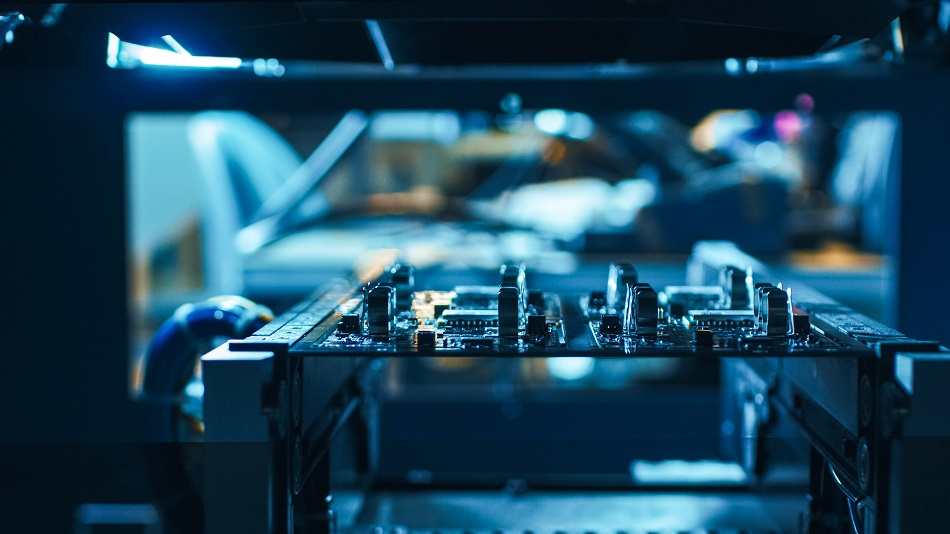
Image Credit: Gorodenkoff/Shutterstock.com
Decades ago, robotic applications were limited mainly to industrial and research settings, or even to the realms of science fiction. Today, robotics has infiltrated almost every sector. They are a part of day-to-day life, often without humans being aware of their impact.
As technology has advanced and robots have become more sophisticated, easier to build, and cheaper, the application of robotics has grown.
Robots have now been developed to accomplish all kinds of tasks both large and small, from the revolution of medical care, for instance in the field of prosthetics, to take the burden out of menial everyday chores, such as vacuum cleaning.
They are used by the military and police for bomb disposal. They are also used in mining operations to protect humans from being involved in the most dangerous jobs.
While the nature of the work that a robot is designed for varies greatly, the underlying management systems across all robotics share a similarity.
Typically, embedded systems control robots. In general, a robot is made of three components. The first is a form of mechanical structure that is built to interact with its surroundings in a way that suits its purpose.
The second components are sensors to collect data from the environment and the third is an embedded system to communicate information between the sensors and mechanical device that allows the robot to interact appropriately. Embedded systems play a vital role in the functioning of almost every robot.
Helping Robots to Follow the Laws of Robotics
In 1942, Isaac Asimov developed the laws of robotics. These were three rules that the science fiction writer and professor of biochemistry put forward to produce a critical framework for future advancements in robotics.
His laws were: That a robot must never harm a human, that a robot must follow human commands unless it violates rule one, and that a robot must protect itself so long as the first and second rules are not violated.
To conform to these rules, robots rely on an intelligence system. This is to guide its decision-making process and ensure that its behavior adheres to these rules. Embedded systems are the backbone of these intelligent systems that govern robotics.
What is an Embedded System?
Embedded systems are essentially computers that have been created to solve a specific problem. The reason that they are called embedded systems is that the term describes the vital role that the intelligent computer system plays to enable the mechanical parts of the robot to perform its intended job.
In comparison to computers used at home and in the office, embedded systems are intended for just one, or several related purposes.
For this reason, engineers can optimize the size and cost of building the system, which has allowed embedded systems to find their way into almost all electronic devices, not just robots. A range of devices contains embedded systems, from mobile phones and calculators to microwaves and video games.
The Role of Embedded Systems in Robotics
Embedded systems encompass either microprocessors or microcontrollers. These components allow the robot to be programmed for its specific purpose.
Microprocessors and microcontrollers accept digital data as an input, which they process according to the algorithms that have been programmed into them. They then provide an appropriate output based on these processes.
A robot can be driven by either a microprocessor or a microcontroller, the first is most commonly found in complex systems. The difference between the two is that microprocessor chips do not have memory and peripheral interface circuits, and as a result, they are connected externally.
Embedded systems are at the root of the capabilities of the robot. Engineers program them to tell the robot how to behave in accordance with certain inputs that are based on how the robot gains information such as the type of sensor. Embedded systems will continue to be fundamental to future applications that will arise from the advancement of robotics.
Sources and Further Reading
Disclaimer: The views expressed here are those of the author expressed in their private capacity and do not necessarily represent the views of AZoM.com Limited T/A AZoNetwork the owner and operator of this website. This disclaimer forms part of the Terms and conditions of use of this website.